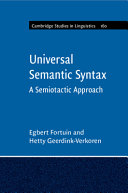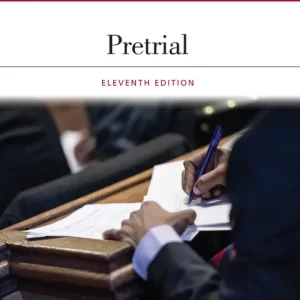Buy Corruption in Infrastructure Procurement: Addressing the Dynamic Criticalities 1st Edition PDF ebook by author Emmanuel Kingsford Owusu; Albert P.C. Chan – published by Routledge in 2021 and save up to 80% compared to the print version of this textbook. With PDF version of this textbook, not only save you money, you can also highlight, add text, underline add post-it notes, bookmarks to pages, instantly search for the major terms or chapter titles, etc.
You can search our site for other versions of the Corruption in Infrastructure Procurement: Addressing the Dynamic Criticalities 1st Edition PDF ebook. You can also search for others PDF ebooks from publisher Routledge, as well as from your favorite authors. We have thousands of online textbooks and course materials (mostly in PDF) that you can download immediately after purchase.
Note: e-textBooks do not come with access codes, CDs/DVDs, workbooks, and other supplemental items.
eBook Details:
Full title: Corruption in Infrastructure Procurement: Addressing the Dynamic Criticalities 1st Edition
Edition: 1st
Copyright year: 2021
Publisher: Routledge
Author: Emmanuel Kingsford Owusu; Albert P.C. Chan
ISBN: 9780367567798
Format: PDF
Description of Corruption in Infrastructure Procurement: Addressing the Dynamic Criticalities 1st Edition:
This book presents an extensive study on the extant constructs of corruption in infrastructure-related projects and aims to contribute towards the determination and elimination of its incidence and prevalence in the infrastructure projects. The book conducts a comprehensive examination of the various determining factors of corruption that negatively affect the procurement process and, in the end, result in cost and time overruns. The authors present an in-depth understanding of how the identified determining factors of corruption can be addressed. Thus, it is intended to broaden the reader’s knowledge of the causes, risk indicators, and the different forms of corrupt practices in the procurement process of infrastructure works, and how they affect the stages and the activities of the procurement process. A dynamic model is developed to demonstrate how to tackle the overall impact of corruption within the procurement process and at the same time, increase the effectiveness of the extant anti-corruption measures. In short, this book demonstrates that the fight against corruption in the procurement process is strategically feasible and must continue. This book is essential reading for academics, researchers, professionals and stakeholders in the procurement of infrastructure projects and civil works, and those with an interest in corruption, construction management and construction project management.





